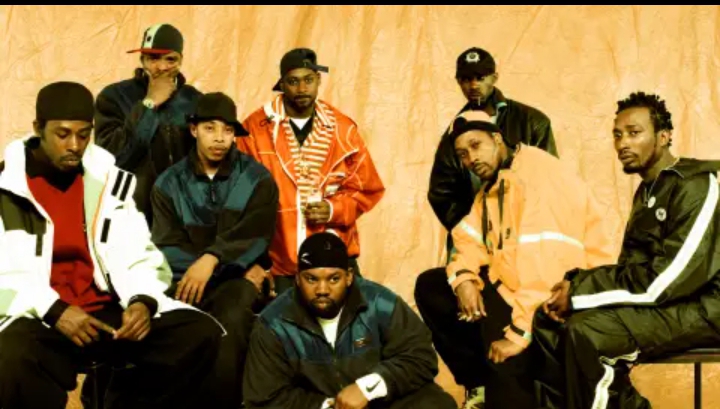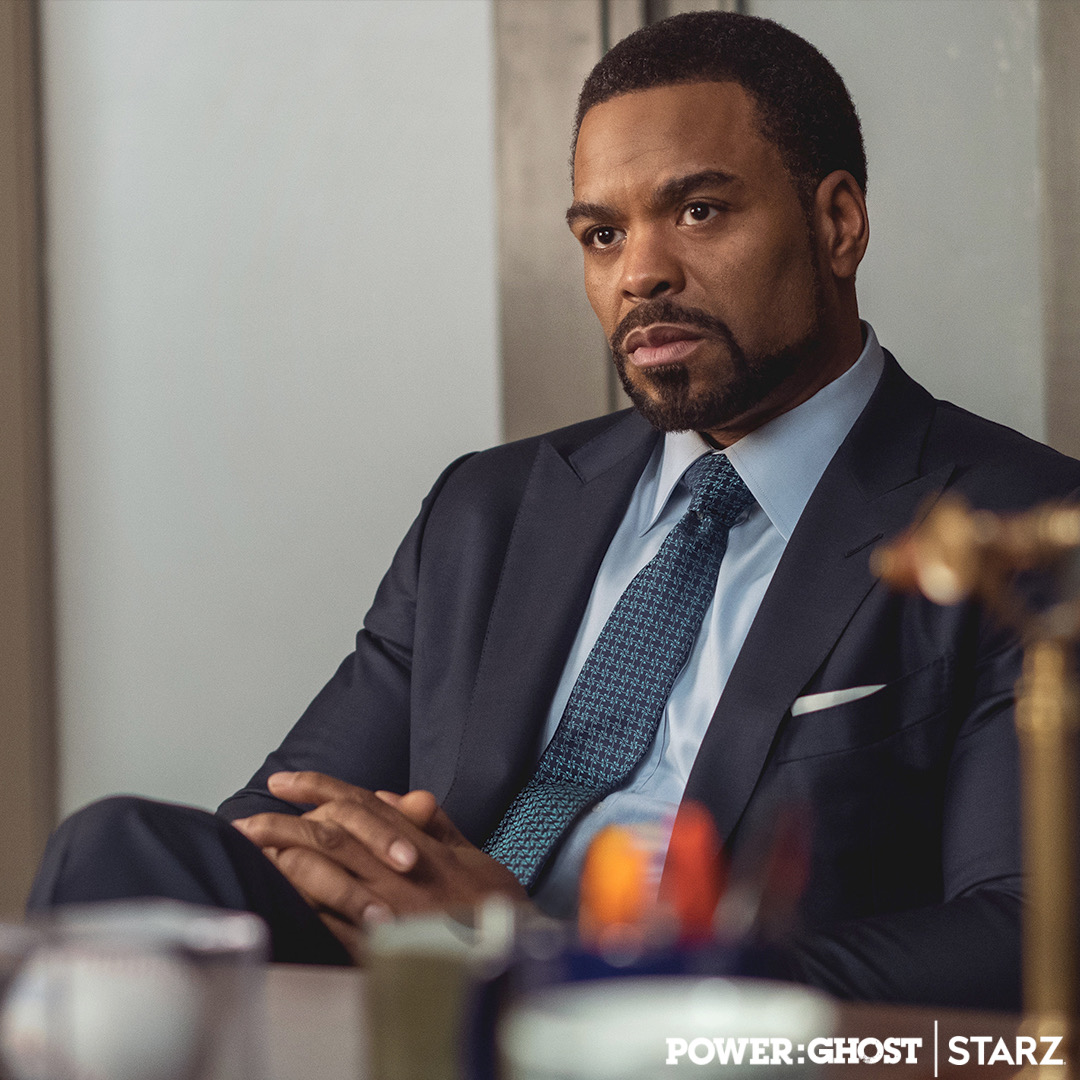“Triumph” shattered expectations. With no chorus and back-to-back verses from nine emcees, it ignored radio-friendly formulas and became a raw display of lyrical skill over RZA’s intense, cinematic production. Key Points:.
“Triumph” broke the mold by ditching the chorus and featuring nine relentless verses, redefining what a posse cut could be.
RZA’s gritty, DIY sound and the group’s sharp lyricism turned the song into a cultural milestone.
Its legacy lives on, influencing how modern rap groups craft tracks and highlight each member’s talent.
More than just a posse cut, “Triumph” was a powerful statement from the Wu-Tang Clan. As the first single from Wu-Tang Forever, it reunited the full crew — including affiliate Cappadonna — after a run of successful solo projects. The six-minute track wasn’t just a song; it was a declaration of the Clan’s unity, lyrical dominance, and mythic persona. In the wake of Enter the Wu-Tang (36 Chambers), it served as both a reaffirmation of their power and a celebration of their expanding legacy.
By the time “Triumph” dropped, Hip Hop was undergoing a major shift. Death Row’s dominance was fading, Bad Boy was on the rise, and radio was filled with glossy hooks and club-ready beats. The “shiny suit era” was in full swing, with artists like Will Smith and Ja Rule helping rap cross into more mainstream, family-friendly territory. In the midst of all this, Wu-Tang Clan released a gritty, no-hook anthem that sounded like it came straight from the depths of Staten Island. Rugged, intense, and nearly six minutes long, “Triumph” was a bold throwback to the raw, cypher-based roots of Hip Hop — a direct contrast to the polished sound taking over the charts.
The Making of “Triumph”:
Surprisingly, much of “Triumph” was created in RZA’s small Los Angeles apartment, not in a high-end studio. During a move from New York to LA to work on Wu-Tang Forever, RZA built the beat using his home setup — gear like the ASR-10, MPC, Roland JV-2080, Nord Lead, and Yamaha VL7. He blended orchestral-style string arrangements with gritty boom-bap drums to craft what he called “classical amplitude with soul and Hip Hop.” His use of live vibrato and octave shifts in the strings echoed the expressive sound of Isaac Hayes’ wah-wah pedal.
Despite the humble setup, the track came out grand and cinematic. Once the beat was ready, every Wu-Tang member came in with precision. Method Man later recalled that the group worked from two rooms at Ray Parker Jr.’s Ameraycan Studio, eventually gathering in one room to record “Triumph.” Inspectah Deck laid down his verse first — just like on “Protect Ya Neck” — and though Ol’ Dirty Bastard didn’t rap, he opened the track with a wild and unforgettable intro. RZA insisted on no chorus, sticking to a pure verse-driven structure that echoed their debut album’s spirit. Even when radio stations hesitated because of the track’s length, RZA refused to cut it. “Every album had to have one of those,” he said — a full crew showcase. “Triumph” became exactly that: unfiltered, legendary, and a defining moment in Hip Hop history.












